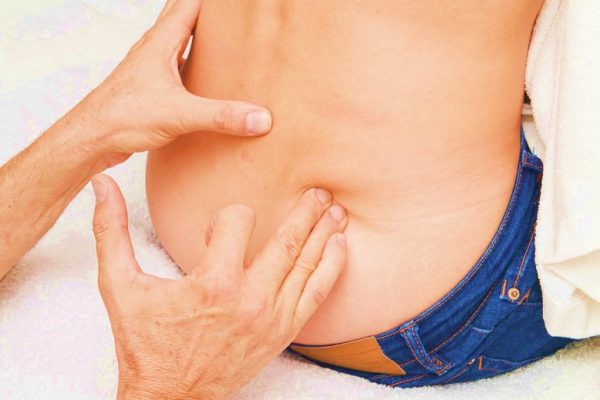
Lateral Hip Pain Gluteal Tendinopathy Causes, Symptoms And Treatment
Gluteal tendinopathy, also known as gluteal tendinitis or lateral hip pain, is a condition characterized by pain and inflammation of the tendons in the gluteal muscles, particularly the gluteus medius and gluteus minimus. These muscles are located on the outer side of the hip and are important for stabilizing the pelvis during walking, running, and other activities.
Causes: Gluteal tendinopathy is often caused by overuse or repetitive stress, but it can also result from acute injury or trauma. Contributing factors include:
- Overtraining or sudden increase in physical activity
- Poor biomechanics, such as excessive hip adduction or internal rotation
- Weakness in the hip abductor muscles.
- Prolonged periods of sitting or standing
- Previous hip or lower limb injuries
Symptoms: The primary symptoms of gluteal tendinopathy include:
- Pain and tenderness on the outside of the hip
- Pain that worsens with activities such as walking, running, climbing stairs, or lying on the affected side
- Stiffness and reduced range of motion in the hip
- Swelling or warmth over the affected area
Diagnosis: Diagnosis of gluteal tendinopathy typically involves a combination of:
- Clinical evaluation, including a physical examination and assessment of symptoms.
- Imaging studies, such as ultrasound or MRI, visualize tendon inflammation or damage.
- Functional assessments to evaluate hip strength and biomechanics.
Treatment: Treatment for gluteal tendinopathy often includes a combination of conservative measures aimed at reducing pain and inflammation, improving tendon healing, and correcting contributing factors.
- Rest and activity modification: Avoiding activities that aggravate the condition and incorporating rest periods.
- Physical therapy: Exercises to strengthen the hip abductor muscles, improve flexibility, and correct biomechanics. This may include specific exercises like clamshells, side-lying leg lifts, and hip bridges.
- Pain management: Use of nonsteroidal anti-inflammatory drugs (NSAIDs) to reduce pain and inflammation.
- Ice therapy: Applying ice packs to the affected area to reduce swelling and pain.
- Corticosteroid Injections: In some cases, corticosteroid injections may be used to reduce inflammation and pain.
- Extracorporeal shockwave therapy (ESWT): A non-invasive treatment that uses shockwaves to promote tendon healing.
- Surgery: In severe or refractory cases, surgical intervention may be considered to repair damaged tendons or correct underlying structural issues.
Prevention: Preventing gluteal tendinopathy involves maintaining good hip strength and flexibility, avoiding overtraining, and addressing any biomechanical issues. Regular exercise, proper warm-up and cool-down routines, and attention to proper technique during physical activities can help reduce the risk of developing this condition.
With appropriate treatment and rehabilitation, most individuals with gluteal tendinopathy can recover fully and return to their normal activities. However, recovery times can vary, and it is important to follow a tailored treatment plan to ensure optimal healing and prevent recurrence.
Image credit: Image by Milius007 from Pixabay (Free for use under the Pixabay Content License)
Author: Sumana Rao | Posted on: June 14, 2024
« Retinal Detachment Symptoms, Precautions and Treatment Commonly Ignored Cancer Symptoms In Men »






















Write a comment